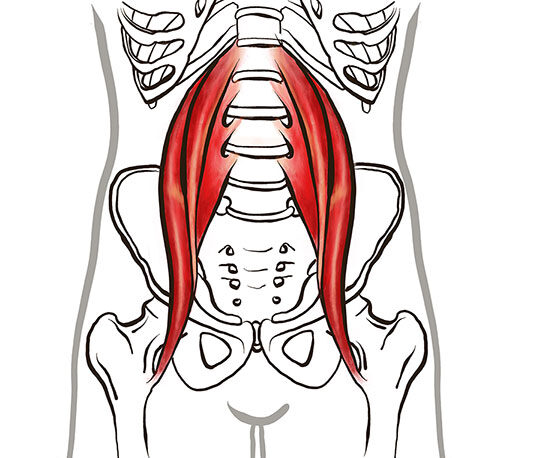Your entire fascial network is continually responding to your environment, adapting to the stresses and strains that it is subjected to. This is its function: absorbing shock and flexing with the forces that are applied. But these changes should only be temporary, to allow your system to survive the injury, and then your fascia should gradually come back to its normal, relaxed state.
So, in normal conditions your body should be able to fully relax when you are resting but be ready to instantly spring into action if you are in danger. This balance is managed by your autonomic nervous system, which regulates your body’s functions without you needing to have conscious control of them. There are two parts of the autonomic nervous system, which between them balance the reactions of your internal organs to your environment. The sympathetic nervous system is stimulated when you are in danger (or perceived danger) and this is what produces the fight-or-flight response.
That is when your adrenal glands release hormones, including adrenaline and cortisol, preparing your body for whatever it has to do to survive the dangerous situation. This has the effect of increasing your heart rate and blood pressure, expanding the air passages in your lungs, enlarging your pupils, and sending more blood to your muscles. This may save your life in an emergency, as you can find increased strength to defend yourself and improved reaction times.
The parasympathetic nervous system has the role of conserving and restoring. It regulates your organs under normal conditions, and, after danger has passed, it slows your heart rate and decreases your blood pressure. It also stimulates your digestive system to allow energy from food to heal and build your tissues. That is why people very often hear their tummy rumbling during a relaxing treatment.
The psoas muscle, also known as the fight-or-flight muscle, is one of your core muscles and you have one on each side. They run from the front of your hips through your pelvis, and attach to the front of your lower spine. These muscles are responsible for a lot of people’s back pain and stiffness. Their main action is to flex your hips, but they also help to stabilize the base of your spine. Psoas is the only muscle that connects your trunk to the lower part of your body and passes from the front to the back of your body. When you are stressed, in a dangerous situation, or have physical trauma, your sympathetic nervous system causes the psoas muscles to tighten. This protective response should only last for a couple of hours at the most, but for many people the tension is never released and it becomes normal to them.
How to release your psoas using a tennis ball
Lie on your stomach on the floor or on a mat. On your loosest side locate the bone at the front of your hip. Place the tennis ball up from the bone and towards your belly button. Lie face down on the ball for 10 minutes then repeat on the tighter side.
This can be done on your bed too – just put a book under the ball if it is sinking too far into the mattress.
Do not do this release if you are pregnant or have had recent abdominal surgery.
